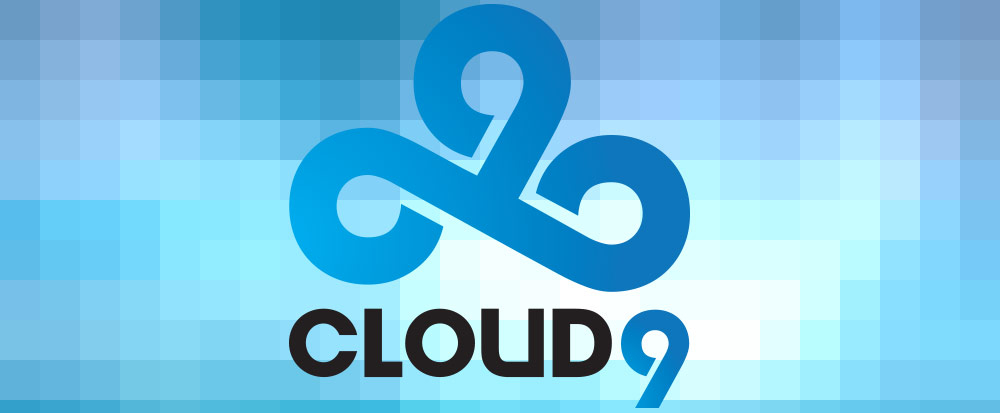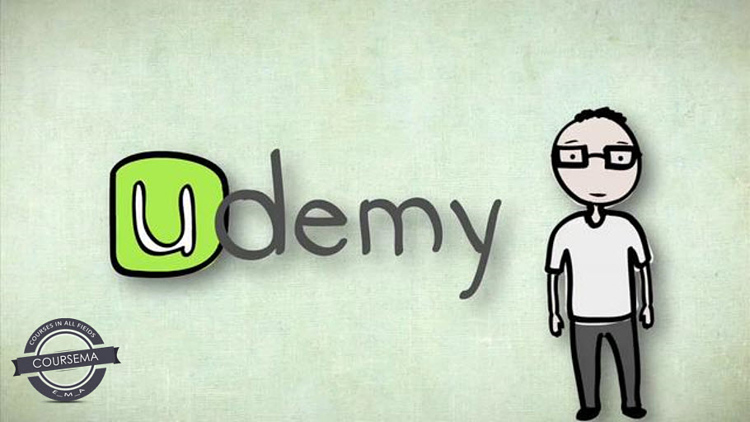Tag: GIT
-

Simple and useful git guide
01 – create a new repository create a new directory, open it and perform a git init to create a new git repository. 02 – checkout a repository create a working copy of a local repository by running the command git clone /path/to/repository when using a remote server, your command will be git clone username@host:/path/to/repository 03 – add &…
-

Your own developing environment at cloud? that’s very useful
Cloud9 IDE is a freeware online integrated development environment. It supports more than 40 programming languages, including PHP, Ruby,Python, JavaScript with Node.js, and Go. It enables developers to get started with coding immediately with pre-setup workspaces, collaborate with their peers with collaborative coding features, and web development features like live preview and browser compatibility testing…
-

UDemy – Another resource of learning
a platform or marketplace for online learning https://blog.udemy.com/
-

Git – How to…
Table of Content: 1. Start Project from Scratch Create a Repo at BitBucket: Create a directory at local drive. Init Git at selected directory: Inside the directory right click and select “Git Init”. Add remote Repo to Local Directory: Inside the directory right click and select “Git GUI”. At Git select from Menu: Remote->Add. At…
-

Version Control – GIT – SVN
Logo Opinion Why Git is better than SVN from stack-overflow Git Workflow Git Tool TortoiseGit – The coolest Interface to Git Version Control Compare Google Trends Git VS SVN Pros, Cons Git, SVN , Mercurial Pros ,Cons Getting started http://git-scm.com/book/en/v2/Getting-Started-Git-Basics http://www.drbio.cornell.edu/pl47/svn/html/client.html Cloud Storage https://bitbucket.org/ Free, unlimited private repositories https://www.assembla.com/home Download page https://git-scm.com/downloads http://tortoisesvn.net/downloads.html From…